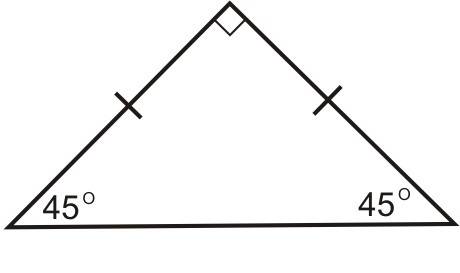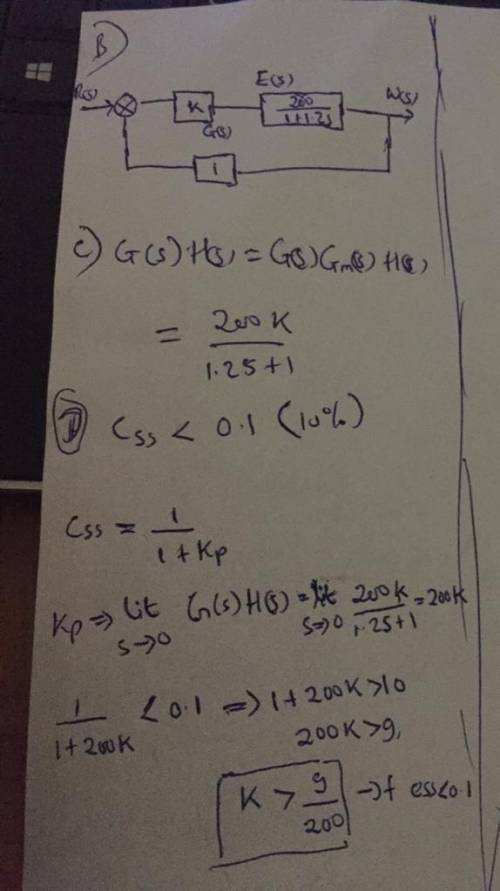 23
23 1. 1:0.5 = 8.5:d
2. d = 0.5·8.5 = 4.25
3. compass . . . . the name of the tool/instrument
4. degrees . . . . the graduations on a typical protractor
5. reference . . . . It helps to be a little familiar with navigation terms
6. bearing
7. 310 . . . . the number in the picture
If you have not had any exposure to navigation terms or methods, orienteering, map orientation, map reading, or any similar activity, it would be difficult to answer these questions appropriately. Hopefully, your text explains this in some detail. It is helpful to get a map and compass and do some navigation yourself in order to see how this works. Boy/Girl Scouts used to do activities of this sort.
 23
23 1. 1:0.5 = 8.5:d
2. d = 0.5·8.5 = 4.25
3. compass . . . . the name of the tool/instrument
4. degrees . . . . the graduations on a typical protractor
5. reference . . . . It helps to be a little familiar with navigation terms
6. bearing
7. 310 . . . . the number in the picture
If you have not had any exposure to navigation terms or methods, orienteering, map orientation, map reading, or any similar activity, it would be difficult to answer these questions appropriately. Hopefully, your text explains this in some detail. It is helpful to get a map and compass and do some navigation yourself in order to see how this works. Boy/Girl Scouts used to do activities of this sort.
 4
4 1. If the scale is 1 : 30, you would have to multiply every measurement by 30 in order to get the actual dimensions. You might have to make a drawing yourself. You could just draw a rectangle with the scale 1 : 30 and then multiply all the sides of the rectangle by 30 to get the actual dimensions.
2. No, a triangle cannot have both an obtuse and a right angle. A right angle is 90 degrees, and an obtuse angle is greater than 90 degrees.
However, the three angles of a triangle must add up to 180 degrees in total. The right angle and the obtuse angle would add up to greater than 180 degrees, which makes it impossible to make a triangle.
3. No, you cannot. Again, the angles of a triangle must add up to 180 degrees. 50 + 50 + 100 = 200, which is greater than 180.
4. The missing angle is 25 degrees, or 25o. Again, the angles add up to 180 degrees. 75 + 80 = 155. 180 - 155 = 25, so the third angle must be 25 degrees.
 4
4 1. If the scale is 1 : 30, you would have to multiply every measurement by 30 in order to get the actual dimensions. You might have to make a drawing yourself. You could just draw a rectangle with the scale 1 : 30 and then multiply all the sides of the rectangle by 30 to get the actual dimensions.
2. No, a triangle cannot have both an obtuse and a right angle. A right angle is 90 degrees, and an obtuse angle is greater than 90 degrees.
However, the three angles of a triangle must add up to 180 degrees in total. The right angle and the obtuse angle would add up to greater than 180 degrees, which makes it impossible to make a triangle.
3. No, you cannot. Again, the angles of a triangle must add up to 180 degrees. 50 + 50 + 100 = 200, which is greater than 180.
4. The missing angle is 25 degrees, or 25o. Again, the angles add up to 180 degrees. 75 + 80 = 155. 180 - 155 = 25, so the third angle must be 25 degrees.
Step-by-step explanation:
Since the triangle is a right triangle, we know angle B is 90
Then, we know A and C have to make 90 to
so if A has to be between 20 and 70, we can pick 21
as long as A and C make 90, if A is 21, then C is 69
since 21 + 69 = 90
Since it's a right triangle, we can use pythagoran theorem to find c
a² + b² = c²
c = 
then you put in the numbers from question 3 (you didn't say what numbers those have to be) and you can find out whats c
Step-by-step explanation:
Since the triangle is a right triangle, we know angle B is 90
Then, we know A and C have to make 90 to
so if A has to be between 20 and 70, we can pick 21
as long as A and C make 90, if A is 21, then C is 69
since 21 + 69 = 90
Since it's a right triangle, we can use pythagoran theorem to find c
a² + b² = c²
c = 
then you put in the numbers from question 3 (you didn't say what numbers those have to be) and you can find out whats c
 2
2 
 2
2 
a) 
b) attached below
c) type zero system
d) k > 
e) The gain K increases above % error as the steady state speed increases
Explanation:
Given data:
Motor voltage = 12 v
steady state speed = 200 rad/s
time taken to reach 63.2% = 1.2 seconds
a) The transfer function of the motor from voltage to speed
let ;  be the transfer function of a motor
be the transfer function of a motor
when i/p = 12v then steady state speed ( k1 ) = 200 rad/s , St ( time constant ) = 1.2 sec
hence the transfer function of the motor from voltage to speed
= 
b) draw the block diagram of the system with plant controller and the feedback path
attached below is the remaining part of the detailed solution
c) The system is a type-zero system because the pole at the origin is zero
d) ) k > 

a) 
b) attached below
c) type zero system
d) k > 
e) The gain K increases above % error as the steady state speed increases
Explanation:
Given data:
Motor voltage = 12 v
steady state speed = 200 rad/s
time taken to reach 63.2% = 1.2 seconds
a) The transfer function of the motor from voltage to speed
let ;  be the transfer function of a motor
be the transfer function of a motor
when i/p = 12v then steady state speed ( k1 ) = 200 rad/s , St ( time constant ) = 1.2 sec
hence the transfer function of the motor from voltage to speed
= 
b) draw the block diagram of the system with plant controller and the feedback path
attached below is the remaining part of the detailed solution
c) The system is a type-zero system because the pole at the origin is zero
d) ) k > 


It will provide an instant answer!
